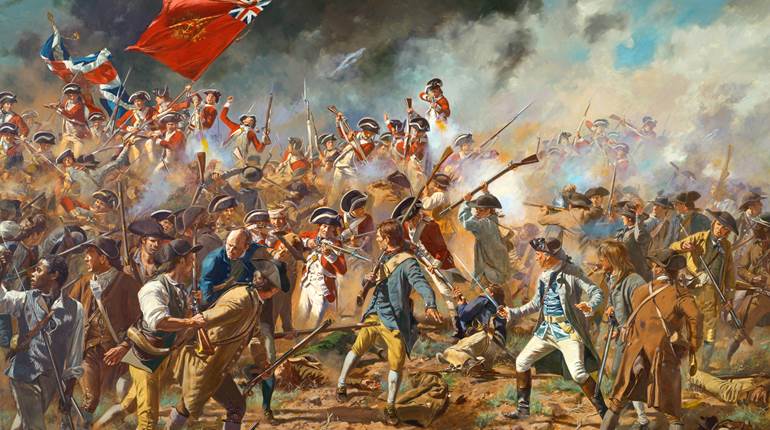
In the 1850s, Britain’s military, like others in Europe and the New World, realized that breech-loading arms were the wave of the future and began experimenting with various systems—primarily with which to arm its mounted troops.
A number of foreign and domestic systems were looked at, and some, such as a version of the American Model 1855 Sharps and the English Calisher & Terry, were provisionally issued. While trials were going on, the War Dept. realized it would be prudent to have a more traditional muzzleloading arm available for cavalry until a final decision was made.
Earlier, the British had adopted what many consider to be the finest arm of its type ever designed, the Pattern 1853 Enfield Rifle-Musket. As its name implies, the arm was designed at the Royal Small Arms Manufactory at Enfield Lock. The P’53 was a muzzleloader that fired a hollow-based, .577-cal., smooth “Pritchett”-style Minié bullet, and it was intended for standard infantry regiments in its three-banded form with a 39" barrel. Other variants were also available, including: two-banded “Short Rifles” of various models for sergeants, rifle units and other specialty forces; three versions of Artillery Carbines; and two Cavalry Carbines.
Depending upon the style and/or date of manufacture, arms were made at Enfield, some (early-on) in the United States and Belgium, or under contract by the London and Birmingham “trades.” The trades were private firms, comprised of larger makers and sub-contractors who fabricated rifles and carbines to government specifications. Upon completion, the guns would be sent to the Tower of London where they were inspected and their parts gauged. Guns that passed were dated and marked “Tower” on the lockplates. Those accepted for government service also had their locks decorated with a crown surmounting the royal monogram “V.R.” (Victoria Regina). Lockplates lacking the Queen’s initials were intended for commercial sale. As well, some makers engraved or stamped their names in place of the crown or “Tower.”

As mentioned, it was decided to produce quantities of muzzleloading carbines for mounted units, resulting in the Pattern 1856 Cavalry carbine, also known as the “East India” Pattern. This handy little arm measured 34" overall, had a 21" rifled barrel, weighed 8 lbs. and was of .577 caliber. It had a folding rear sight assembly involving notches graduated for 100, 200 and 300 yds. Fittings were of brass. The carbine was equipped with a “captive” swivel ramrod to facilitate loading on horseback, as well as a sliding ring that could be attached to a carbine sling hook so the piece would not be separated from its user during an action.
All Pattern 1856s were manufactured by the Birmingham and London trades, though the later, slightly different P’61s were built solely at Enfield. The example seen here was obtained from Tipping & Lawden, one of the “old four” original firms who provided some of the early Pattern 1853 long rifles. The stock is marked on the bottom of the butt “TIPPING & LAWDEN.” The barrel was made by J.R. Cooper, the stock by W. Flavell and the lock by Joseph Brazier. All of these components are marked by their makers and surcharged by Tipping & Lawden. On the right side of the stock, opposite the lock, is the name “BURGESS,” the person who assembled the gun.
Commercial versions of the Pattern 1856 were also manufactured, a number of them sold to both the Union and Confederacy during the Civil War, though in nowhere near the numbers of Pattern 1853s that were imported.
The 1859-dated British-issue Pattern 1856 Cavalry Carbine seen here is in excellent condition and, as such, would command a solid $2,500. If it were commercial, and Confederate usage could be proven, the price would be considerably higher.
Gun: Pattern 1856 Cavalry Carbine
Manufacturer: Tipping & Lawden
Caliber: .577
Manufactured: 1859
Condition: NRA Excellent (Antique Gun Standards)
Value: $2,500




































